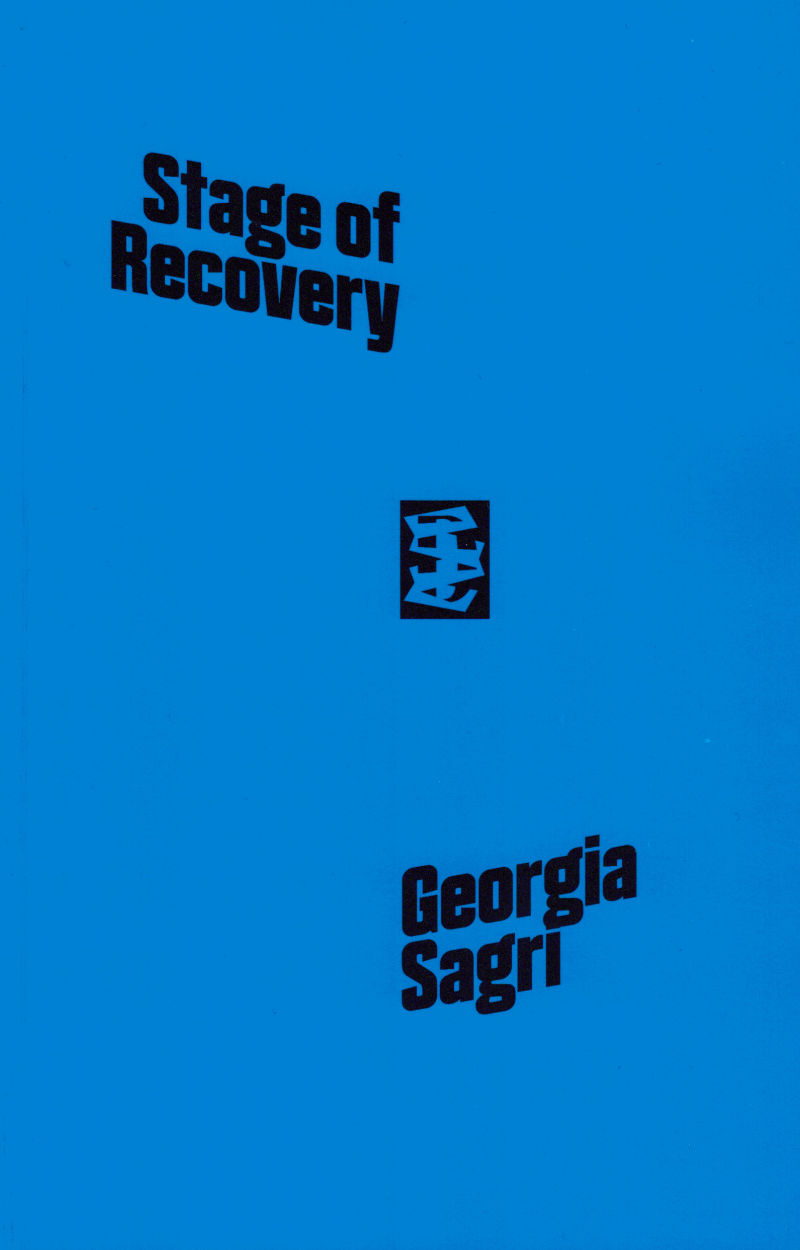
Unsorcery (2nd Edition)
A collection of writings by Alina Popa and Florin Flueras written over a seven-year period.
Unsorcery composes and explores ways of sorcery that can eventually surpass or undo some of the contemporary realities and subjectivities. It is an Artworld involved in a productive alienation from concepts through experience and from experience through thought. Unsorcery is an environment in which Alina Popa and Florin Flueras were working together, each following their own path, doing their own practices, texts and performances around the concepts: Life Programming, Artworlds, Black Hyperbox, Second Body, Dead Thinking, End Dream.
New expanded edition of the book first published in 2019.
Alina Popa (1982-2019) was a Romanian artist who moved between choreography, theory, and contemporary art.
Florin Flueras (born 1978 in Târgu Mureș, Romania) oscillates between contemporary performance, visual arts and theory as contexts in which he activates.






